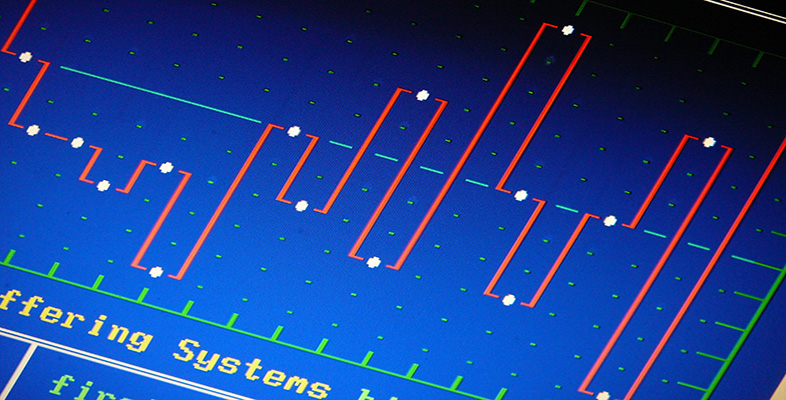2.3 Table activity
| Age group | Population size | New cases | Deaths | |||
|---|---|---|---|---|---|---|
| Male | Female | Male | Female | Male | Female | |
| 0–39 | 427725 | 414937 | 1 | 2 | 2 | 0 |
| 40–44 | 35648 | 35547 | 2 | 5 | 3 | 3 |
| 45–49 | 32911 | 31799 | 8 | 2 | 10 | 2 |
| 50–54 | 36485 | 35333 | 38 | 8 | 26 | 8 |
| 55–59 | 35192 | 35555 | 61 | 18 | 43 | 8 |
| 60–64 | 28131 | 30868 | 67 | 16 | 57 | 15 |
| 65–69 | 24419 | 27390 | 88 | 15 | 69 | 17 |
| 70–74 | 16613 | 21402 | 60 | 21 | 61 | 21 |
| 75–79 | 9958 | 14546 | 46 | 10 | 46 | 9 |
| 80–84 | 4852 | 9749 | 24 | 6 | 23 | 4 |
| 85+ | 2790 | 7477 | 7 | 2 | 8 | 3 |
Simplifying the table further
Do you think it would make sense to continue this process of simplification by pooling more rows? If so, which rows would you pool?
Discussion
Comment
Since there were new cases, or deaths, and indeed usually both, in all the other age groups, the pooling of rows cannot be continued further without losing some information that was in the original table. But, in fact, there are very few cases in either gender group under the age of 40. So, if the corresponding rows are pooled, to give Table 2.4, very little information is lost (and, arguably, nothing at all important in relation to lung cancer). (You might have suggested a slightly different set of rows to pool.)
